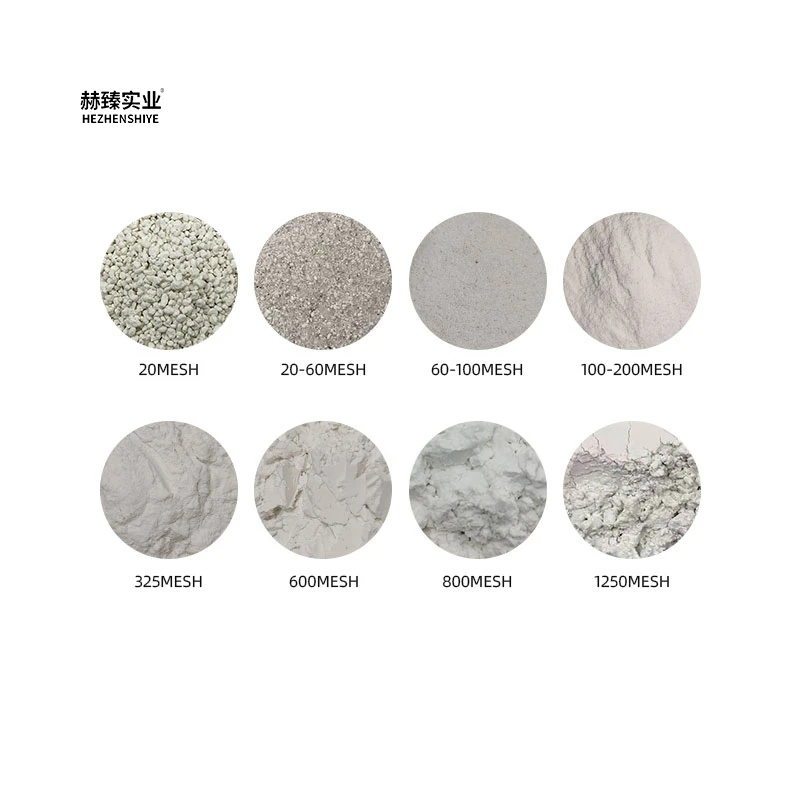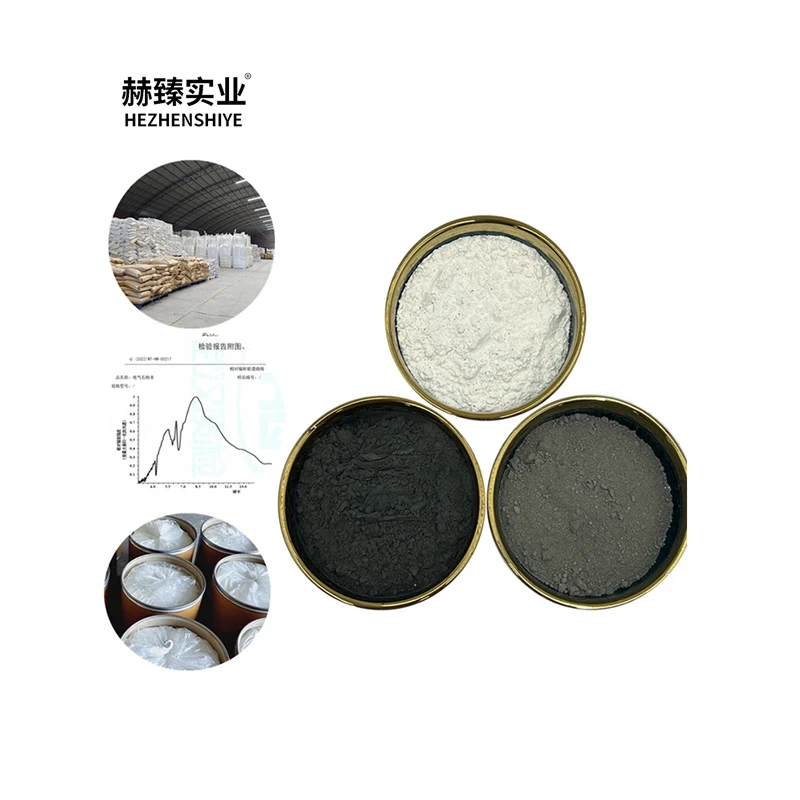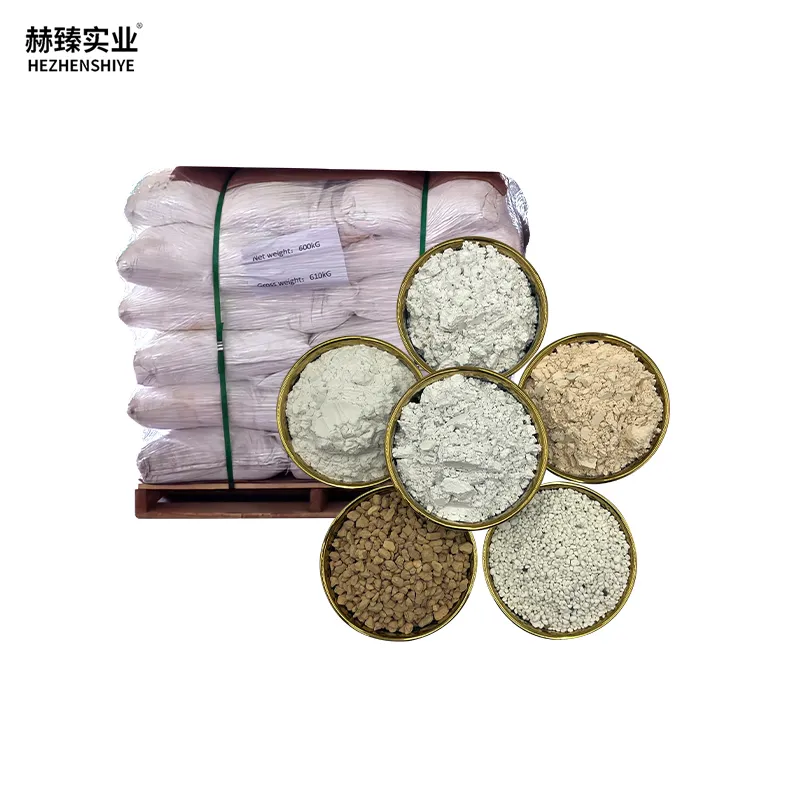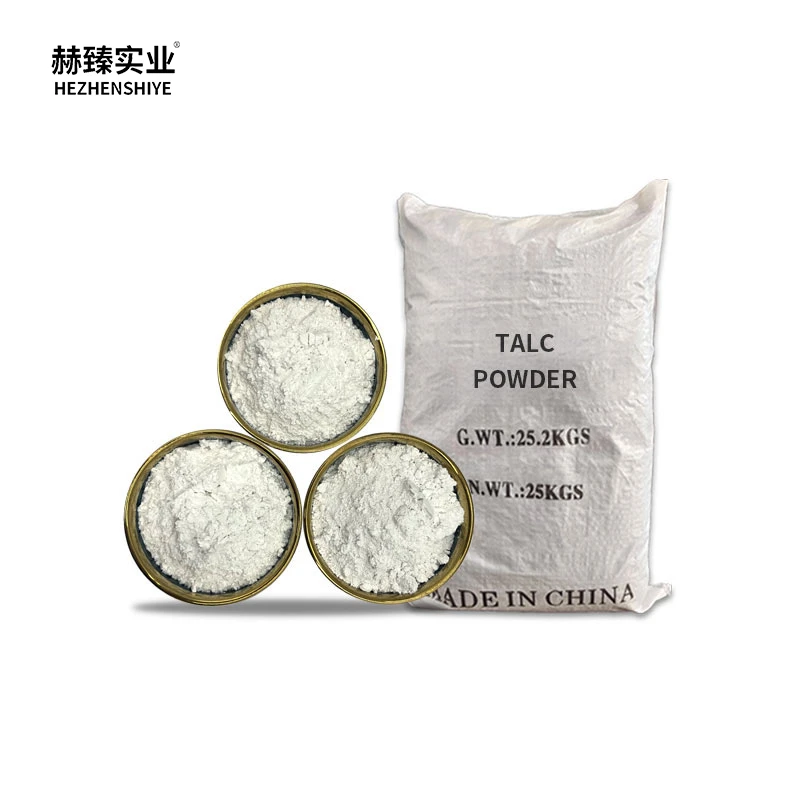Colore Sabbia stands as a highly adaptable decorative material that injects vibrancy and texture into a wide range of projects, from artistic crafts to outdoor landscaping. Made from finely ground, high-quality natural sand treated with non-toxic, fade-resistant pigments, Color Sand offers consistent particle size and vivid hues that remain stable even under prolonged exposure to sunlight or moisture. This durability makes Color Sand suitable for both temporary creative endeavors, such as sand art bottles, and long-term applications like decorative garden pathways. Unlike ordinary sand, Color Sand is engineered to avoid clumping, ensuring easy handling and uniform distribution—whether it’s being layered in a craft project or spread across a decorative surface. Its non-toxic composition also makes Color Sand safe for use in children’s activities, aligning with safety standards for kid-friendly materials.
Color Sand comes in an extensive palette of shades, allowing users to mix and match to achieve custom color schemes for any project
From bold primary colors like red, blue, and yellow to soft pastels such as blush pink and mint green, the variety of Color Sand options caters to diverse aesthetic preferences. For projects requiring a more subdued look, neutral-toned Color Sand (including earthy browns and creamy beiges) provides a subtle backdrop that complements brighter elements. This flexibility makes Color Sand a go-to choice for DIY enthusiasts, professional artists, and landscape designers alike—whether they’re creating intricate sand murals, decorating wedding centerpieces, or adding visual interest to potted plants. Additionally, some Color Sand products are designed with glow-in-the-dark or iridescent properties, expanding their use into nighttime decor or themed events.
Decorative Sand, a category that often overlaps with Color Sand, emphasizes aesthetic functionality for enhancing spaces and objects
While Color Sand focuses on pigmented hues, Decorative Sand can also include textured variants (such as coarse or fine grains) that add depth beyond color. However, many Decorative Sand products rely on Color Sand as their base, combining vivid pigments with unique textures to elevate projects. For example, coarse-grained Decorative Sand in deep blue can mimic the appearance of ocean floors in aquarium displays, while fine-grained Color Sand in soft white creates a snow-like effect in seasonal crafts. Decorative Sand is commonly used in home decor, such as filling glass vases with layered Color Sand to create eye-catching tabletop pieces, or sprinkling it over candle holders for a rustic touch. Its ability to transform ordinary objects into decorative focal points makes Decorative Sand a staple in interior design and event styling.
Grey Sand, a neutral variant of Color Sand, offers a sleek, modern aesthetic that complements minimalist and industrial design themes
Unlike brightly colored Color Sand, Grey Sand provides a understated backdrop that highlights other elements in a project—making it ideal for balancing bold colors or adding a sophisticated touch. Grey Sand is often used in landscape design, such as creating clean-lined pathways in modern gardens or topping off potted succulents for a polished look. In craft projects, Grey Sand pairs well with metallic accents (like gold or silver beads) to create elegant jewelry or greeting cards. Its natural-looking hue also makes Grey Sand a popular choice for replicating natural textures, such as stone or concrete, in miniature models or dioramas. As a versatile neutral, Grey Sand bridges the gap between colorful creativity and subtle sophistication, expanding the utility of Color Sand in both functional and decorative applications.
Gray Sand, a spelling variation of Grey Sand, shares the same neutral appeal and is widely used interchangeably in projects across regions
While “Grey Sand” is more common in British English and “Gray Sand” in American English, both refer to the same muted, color-infused sand that enhances projects without overwhelming them. Gray Sand is particularly popular in children’s play areas, where its neutral tone hides minor stains better than lighter Color Sand, maintaining a cleaner appearance over time. It’s also a key component in decorative concrete mixes, where Gray Sand adds texture and a uniform color to countertops, floors, or outdoor patios. In art therapy, Gray Sand is often used alongside brighter Color Sand to help create balanced, calming compositions, as its soft tone promotes focus and creativity without visual distraction.
Colored Sand for Sandbox is a specialized type of Color Sand designed specifically for children’s play environments, prioritizing safety, durability, and ease of maintenance
Unlike standard Color Sand, Colored Sand for Sandbox undergoes additional processing to ensure its pigments are 100% non-toxic, non-irritating to skin, and resistant to rubbing off on clothing. Its particle size is also carefully calibrated to prevent choking hazards, making it suitable for young children. Colored Sand for Sandbox is available in both single hues and mixed palettes, allowing parents and educators to create engaging play spaces that stimulate creativity—such as building colorful sandcastles or sorting by color. Many variants of Colored Sand for Sandbox are also water-resistant, so they won’t clump or mold when exposed to rain or splashes, ensuring long-lasting use in outdoor sandboxes. This specialized Color Sand turns ordinary playtime into an interactive, sensory experience while meeting the strict safety standards for children’s products.
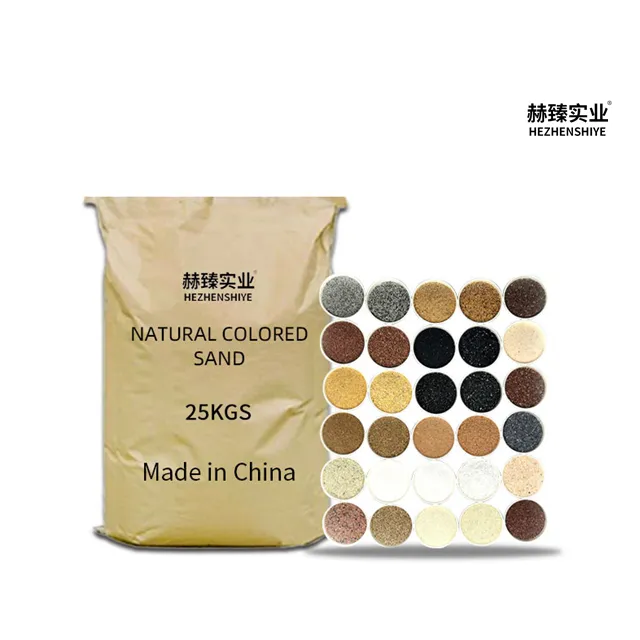
In summary, Color Sand, along with its related variants—Decorative Sand, Grey Sand, Gray Sand, and Colored Sand for Sandbox—offers a diverse range of solutions for creative, decorative, and practical projects. Color Sand serves as the foundational pigmented material, providing vivid, durable hues for everything from art to landscaping. Decorative Sand builds on this by adding texture, while Grey Sand and Gray Sand offer neutral versatility for balanced designs. Colored Sand for Sandbox, meanwhile, tailors Color Sand to the unique safety and functional needs of children’s play. Together, these materials empower users to transform spaces, objects, and playtime, blending aesthetics with functionality. As demand for customizable, safe, and durable decorative materials grows, Color Sand and its variants will continue to evolve, expanding their applications and solidifying their role in creative and practical design.
Colore Sabbia FAQs
1. What are the primary applications for Color Sand in creative projects?
Color Sand is extensively used in a variety of artistic and decorative endeavors, including sand painting, resin art, handmade crafts, and landscape design. Its vibrant and consistent coloring makes it ideal for creating detailed patterns in bottle art, textured paintings, and decorative tableaux. It can also be applied in architectural models and sensory play activities for educational purposes due to its non-toxic properties.
2. How does Color Sand maintain its color stability under outdoor conditions?
The pigments used in Color Sand are UV-resistant and waterproof, allowing the product to retain its brightness and integrity when exposed to sunlight, rain, or temperature changes. The dyeing process involves bonding the color deeply into the sand granules, which minimizes fading and ensures long-lasting visual appeal in gardens, pathways, and outdoor installations.
3. What makes Color Sand a safe choice for children and environmental use?
Color Sand is produced from natural sand that is finely ground and washed, then colored using non-toxic, environmentally friendly pigments. It is free from heavy metals and harmful chemicals, making it safe for use in playgrounds, kid’s art projects, and eco-conscious landscaping where soil and water protection are prioritized.
4. Can Color Sand be mixed to create custom shades and textures?
Yes, due to its uniform particle size and intense coloration, Color Sand can be blended to achieve a broad spectrum of custom colors and gradients. Artists and designers often layer or mix it to produce unique effects in mosaics, epoxy floor coatings, and decorative concrete, without compromising its consistency or durability.
5. Why is Color Sand considered suitable for both indoor and outdoor decorative purposes?
The combination of high-quality sand and advanced coloring techniques results in a product that is both aesthetically versatile and highly durable. It resists weathering, does not easily break down into dust, and can be applied in settings such as vivariums, centerpieces, aquascaping, and exterior decorative surfaces without losing its form or color intensity.






